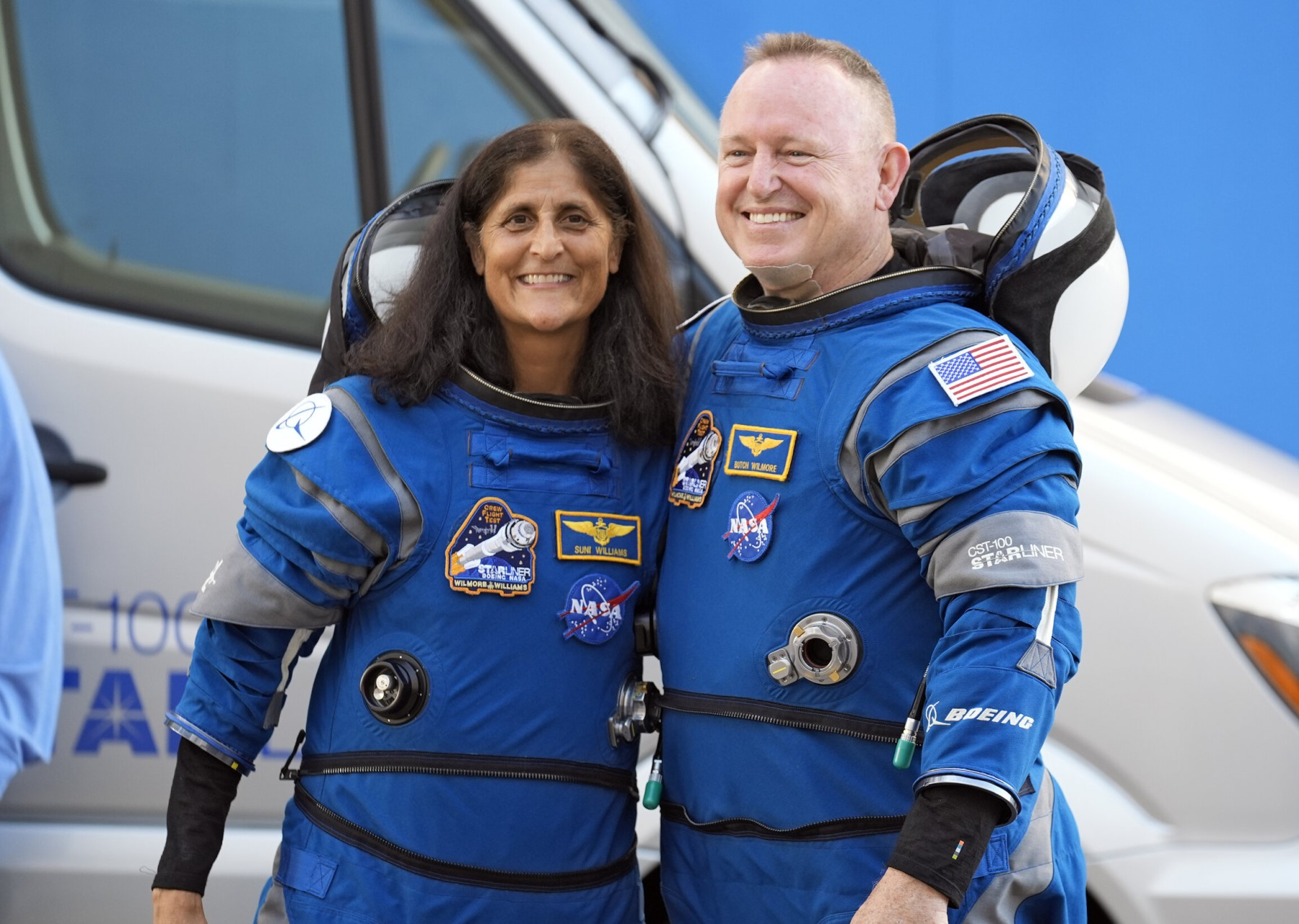Extended ISS Mission Raises Questions on Astronaut Pay and Well-being
A routine mission to the International Space Station (ISS) has turned into an extended ordeal for NASA astronauts Butch Wilmore and Suni Williams. Originally scheduled for just eight days, their stay has now stretched to an unexpected 251 days due to persistent technical setbacks. This prolonged mission has sparked debates about astronaut compensation, physical and mental health concerns, and the broader implications for NASA’s operational policies.
Mission Delay: How It Happened
Wilmore and Williams were initially assigned to a short-duration mission, but their return to Earth has been repeatedly postponed due to issues with the spacecraft meant to bring them back. The SpaceX Crew-10 C213 Dragon capsule, slated to facilitate their return, encountered operational malfunctions, making it unfit for the trip home. Simultaneously, Boeing’s Starliner—a backup vehicle—has also faced technical difficulties, leaving NASA scrambling for a viable alternative.
Under standard protocol, a returning crew is usually replaced by a new team in a carefully coordinated exchange. However, without a functioning spacecraft available for this changeover, the astronauts have remained in orbit far longer than expected. While NASA officials insist that the crew is not “stranded” and is continuing their work as planned, the situation has raised serious concerns about the long-term impact on the astronauts’ well-being.
The Physical and Mental Toll of Prolonged Spaceflight
Extended stays in microgravity environments can take a significant toll on the human body. Muscle atrophy, bone density loss, and cardiovascular changes are common concerns for astronauts on long-duration missions. Though exercise equipment aboard the ISS helps mitigate these effects, the physical strain remains considerable. Recent images of Wilmore and Williams suggest noticeable weight loss, reinforcing concerns about their prolonged exposure to space conditions.
Beyond physical health, the psychological impact of an extended mission is also a serious issue. The ISS, while equipped with communication tools to stay connected with Earth, remains an isolated and confined space. Astronauts follow rigorous routines to maintain focus and morale, but unexpected mission extensions can introduce stress, anxiety, and fatigue. The uncertainty surrounding their return adds another layer of mental strain.
NASA has mechanisms in place to support astronauts’ mental health, including regular check-ins with psychologists, structured work schedules, and leisure activities. However, being away from family and Earth for an additional eight months without prior preparation is a challenge even for the most experienced astronauts.
The Compensation Controversy
One of the most debated aspects of this mission extension is the financial compensation provided to the astronauts. As federal employees, NASA astronauts receive a fixed salary based on their rank and tenure. However, for missions that extend beyond their original timeframe, additional pay is minimal. Reports indicate that Wilmore and Williams are receiving an extra allowance of just $4 per day—totaling approximately $1,004 for the entire extended mission.
For a job that involves months of rigorous training, exposure to microgravity-related health risks, and the potential dangers of spaceflight, many argue that such a modest increase in pay fails to reflect the true demands of their work. Critics suggest that NASA should reevaluate its compensation structure to account for unexpected mission extensions, ensuring astronauts are fairly rewarded for their sacrifices.
Implications for NASA and Future Missions
This prolonged mission highlights the vulnerabilities in NASA’s reliance on private sector partners like SpaceX and Boeing. While both companies have contributed significantly to space exploration, ongoing technical failures raise concerns about their reliability. NASA’s dependence on these commercial spacecraft means that future missions could face similar disruptions if issues are not addressed.
Additionally, the incident has reignited discussions on astronaut labor rights and federal employment policies. If prolonged missions become more common, should there be a new framework for compensating astronauts fairly? Should NASA have contingency plans in place for situations like this? These questions could influence future policy decisions regarding astronaut contracts and mission planning.
Are the Astronauts Truly “Stranded” or Just Delayed?
While some experts, such as astrophysicist Jonathan McDowell, argue that the term “stranded” is an exaggeration, others believe the situation warrants serious attention. McDowell asserts that the astronauts are safe and continuing their work as expected, emphasizing that spacewalks and scientific experiments are still ongoing. However, safety does not necessarily mean comfort, and the psychological and physical toll cannot be dismissed.
NASA has reassured the public that Wilmore and Williams will return on the next available spacecraft, but as of now, there is no definitive timeline. The situation serves as a stark reminder that space travel remains unpredictable, and even the most meticulously planned missions can face unexpected hurdles.
Final Thoughts
Wilmore and Williams’ extended mission raises crucial questions about astronaut welfare, the reliability of commercial spacecraft, and the fairness of federal compensation structures. While they continue their duties aboard the ISS, their prolonged stay has brought attention to the challenges of long-duration spaceflight and the need for better contingency planning.
As NASA and its partners work to resolve the technical issues delaying their return, this incident may serve as a catalyst for policy changes regarding astronaut pay and mission protocols. In the meantime, the world watches and waits for Wilmore and Williams to finally make their long-overdue journey back to Earth.
